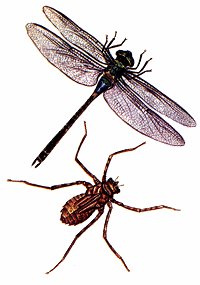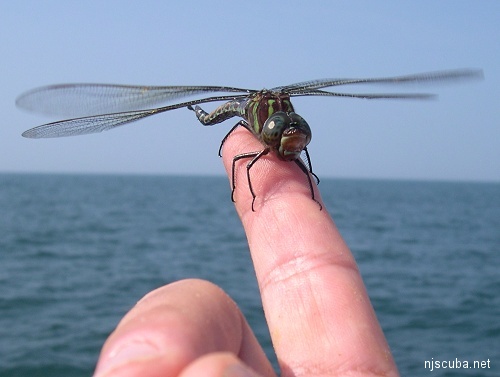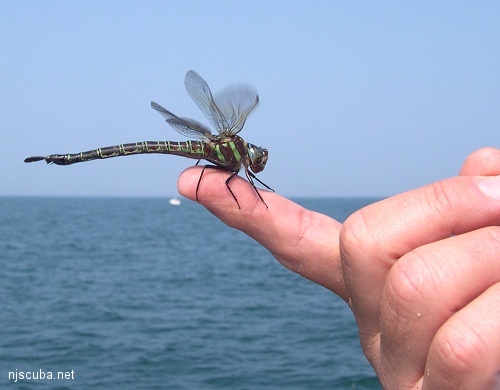Aquatic Larvae
Many insects which are terrestrial as adults have aquatic larvae. Notorious among these are mosquitos. Most aquatic insects have aquatic larvae.

Caddisfly Nymph
Trichoptera
Caddisfly larva build tube-like cases of sand, sticks, leaves, or other material.

Stonefly Nymph
Neophasganophora spp.
larva to 2"

Dragonfly - Adult & Nymph
Anax spp.
larva to 1 "
adult to 3"
The clumsy-looking Dragonfly larva is actually a fierce predator, with protrusible jaws like something out of "Alien". Adults are often seen buzzing around ponds and lakes.



